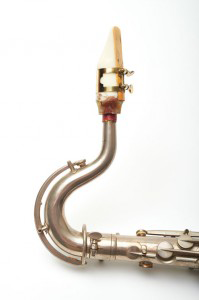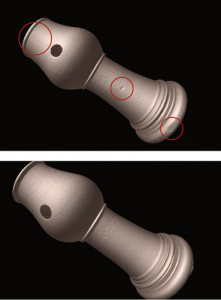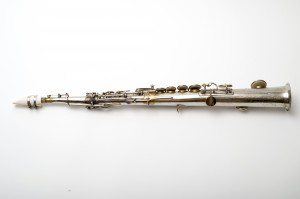Playing for the first time in hundreds of years, antique musical instruments sing with the aid of 3D printing. We have written about the development before during its gestation period. Now, researchers at the University of Connecticut (UConn) have successfully resurrected instruments by printing missing parts that had been lost over time. The process is the result of inquiry from a gifted individual and collaboration between disciplines. The result is a sweet symphony once lost to history.


“The machine goes up to half a micron. You can’t do it by one image session,” he said. “We had to do stitching. We did the top part, then the bottom part, and used an algorithm to stitch them together.”

With accurate 3D prints and imperfections fixed, the instruments could be played as they had been centuries ago. According to Eric Rice, head of UConn’s Department of Music and artistic director for the annual Connecticut Early Music Festival, learning more about the construction of antique instruments will also assist in the presentation of early music so that today’s audiences can hear works of composers such as Bach or Beethoven as they would have sounded two centuries ago.
“To figure out how these instruments were constructed and to establish why they sound the way they do and why they are as successful as instruments is important,” says Rice. “You can’t look in the historical record. This research enlists modern technology to allow a dissection of the instrument just as you would do with a mummy that you would like to learn more about but cannot take apart.”



